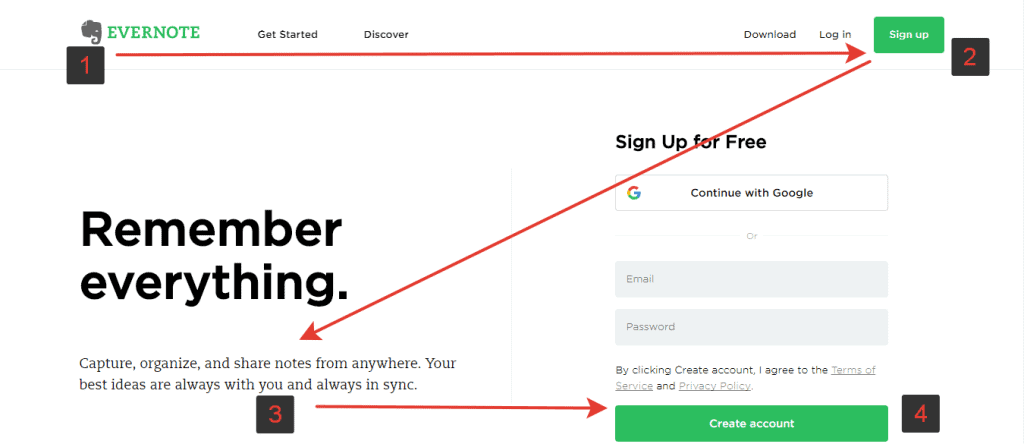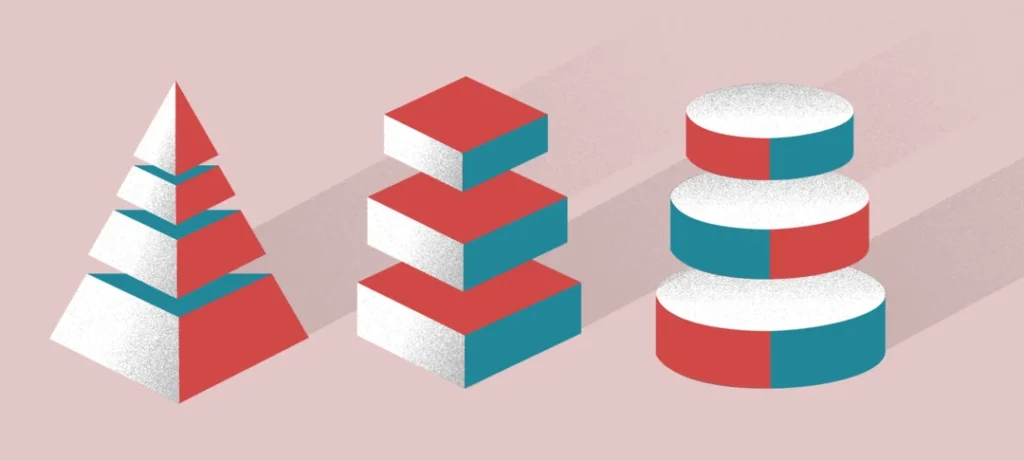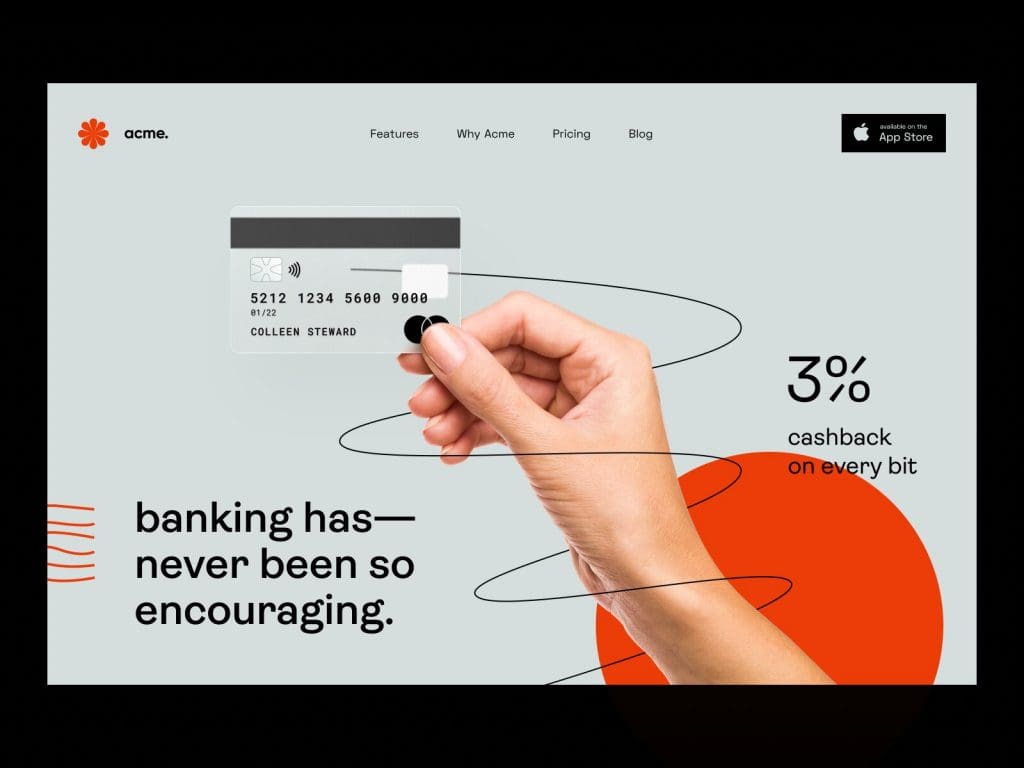Hierarchy in Graphic Design: An Extensive Guide
Graphic design is all around us. Visual communications shape how we navigate and understand the world, from the logos on our t-shirts, billboards lining highways, and smartphone iconography. However, most of us barely notice the hidden frameworks organising these designs—that is, until something feels “off.”
Enter hierarchy: the backbone of graphic design and arguably the most important organising principle across all visual media. When hierarchy is solid and transparent, information comes across intuitively. But when it falters, designs become cluttered, confusing, and ineffective.
So, what exactly makes hierarchy so vital in graphic design? How do designers employ hierarchy to guide audiences seamlessly through content? And what happens when the principle itself gets…perplexing? This article explores the complex, often tricky terrain of hierarchy in graphic design.
Table of Contents
Defining Hierarchy in Graphic Design

At its most basic, hierarchy refers to organising visual elements in order of importance. It gives audiences an entry point into a design and establishes relationships between its parts. The hierarchy gives designers and audiences a shared understanding of what matters most in a layout.
Some core methods designers employ to denote hierarchy include:
- Size: Larger elements connote greater significance
- Colour Value/Contrast: Darker, bolder colours appear heavier than light tints
- Spatial Positioning: Items at the top and left suggest higher priority
- Negative Space: Increased breathing room underscores the importance
- Stylistic Emphasis: Unique fonts, shapes, images, etc. attract more attention
When used intentionally, these methods make interpretation efficient. Audiences know what to notice first, second, third, and so on down the hierarchical chain. Information is thus consumed more intuitively.
Why Hierarchy Matters in Graphic Design
Signposting content for audiences lies at the heart of effective communication. Hierarchy is the visual signposts that walk viewers through stories, ideas, and messages.
Without these guide rails steering attention, designs quickly become overwhelming bursts of visual data. Or, as designer Ellen Lupton describes, “a stadium where everyone shouts at once.”
In other words, hierarchy introduces order to chaos. It transforms rambling visual noise into coherent compositions readers can follow from start to finish according to each element’s relative importance.
Consider statistical data visualisations, where complex information must be conveyed at a glance. The hierarchal organisation ensures key insights stand out first before audiences dive into the layers of supporting details.
Likewise, it is used for marketing collateral and advertisements about innovative products and services. When arranged hierarchically, core selling points command focus before supplementary features.
Or, say, a college student throws together a resume without applying hierarchy principles. Identical bolding, font sizes, and bullet points across disjointed experience bits prevent essential qualifications from rising above the murky uniformity.
Simply put, hierarchy bestows graphic designs, no matter the format or purpose, with clarity, scannability, persuasion, and flow—all vital for effective communications.
Hierarchical Structures in Graphic Design

Of course, hierarchy appears across infinite manifestations depending on context. However, Specific visual content categories tend to adopt classic hierarchical designs due to consistent user goals and expectations.
Logos
Consider logos, arguably the most iconic hierarchical structure in graphic communications. Using typographic and symbolic elements, logos operate like visual signatures for brands. As such, attentional hierarchy defines their effectiveness.
Key variables designers manipulate include:
- Lockups: integrate logo symbol + logotype strategically so one component leads
- Value Contrast: emphasise symbolic icon over logotype through bolder colours/lines
- Scale & Positioning: increase symbolic weight by enlarging size and prioritising visual location
- Negative Space: underscore either symbol or logotype through greater breathing room
Well-crafted logos make efficient, differentiated connections every time audiences encounter them. The visual hierarchy ensures split-second brand recognition and fuels loyalty.
Editorial Designs
The quest to engage readers also plays out through hierarchy in editorial designs—think newspapers, magazines, textbooks, blogs, etc. Standard conventions include:
- Titles & Subtitles: denote relative significance through scale, colour, spatial position
- Imagery: establishes emotional entry points and relationships with text blocks
- Initial paragraphs: frequently employ larger text, drop caps, and other emphasis to signify main ideas
- Structural formatting: chapters, section cues, page numbers, continuity elements
Cumulatively applied, these methods ease content digestion section by section and foster receptive mindsets as audiences enter and exit editorial pieces.
Data Visualisations
Given the intense amounts of statistics, trends, and insights needed to communicate visually, data visualisations depend profoundly on hierarchy. Common techniques include:
- Aggregate vs Detail: layer summative numbers above granular data
- Labelling: callouts for highlighting salient observations
- Colour: intensity and saturation contrasts make data patterns emerge
- Scale variation: augment key plots and figures against muted backgrounds
- Spatial position: left/top orientation signals priority data points
With so much complexity to untangle, strict adherence to hierarchical clarity allows even naive audiences to extract usable insights from sophisticated data visualisations.
Websites / App Interfaces
Finally, as the most dynamic and multidimensional communication channels today, digital interfaces regularly leverage hierarchical frameworks to aid user goals. Consider:
- Navigation menus: embed visual hierarchy to prompt recognition of main pages/features
- Saliency signals: bold graphics, high contrast blocks, space around CTAs
- Content & functional relationships: spatial proximity visually links associated items
- Responsive priorities: underline key messages/functions as available space decreases
Online experiences demand flexibility in balancing business goals, audience needs, interactivity, personalisation, and more. Hierarchy adds much-needed throughlines so critical tasks stay accessible amidst digital chaos.
When Hierarchy Falls Apart: Symptoms & Root Causes
Of course, not all hierarchies are created equal. Even with best practices around structures like logos, editorials, data visualisations, and websites, hierarchy often unravels in practice. Dotted lines separating text blocks inexplicably thicken. Supporting images dwarf main headlines. CTAs migrate randomly across page layouts depending on the device.
What causes such hierarchical perplexities? At a high level, the core issues come down to perception gaps between designers and audiences. Concepts around prominence, relationships, space, flow, and context must be matched across the author-to-reader chasm.
While subjectivity marginally impacts these gaps (e.g., cultural contexts informing interpretations), more often, the devil hides in overlooked details from constraints around tools, workflows, and content fluidity.
Let's explore some tactical manifestations of hierarchical failure:
Symptoms of Hierarchical Breakdowns

Inverted attention
Hierarchies flip, often due to incremental content changes clouding original frameworks: the secondary message visually overtakes the intended primary focus.
Unmoored connections
Spatial proximity or style similarities no longer accurately reflect vital content relationships.
Focus dilution
Emphatic treatments spread across too many items rather than selectively highlighting priority elements
Clustered clutter
Bottom-funnel content accrues complex embellishments; chartjunk creeps into data visualisations.
Inconsistent saliency
Key messages lose highlight techniques across linked designs and environments.
Diffused CTAs
Call to action varies randomly in visual weight and positioning across contexts.
Crowded wayfinding
Navigation structures, page flow markers, and journeys between related features weaken over iterations.
Why Does Hierarchy Get Perplexing? Tactical Root Causes
Workflow constraints
- Version control limitations
- Content collaboration conflicts
- Approval bottlenecks
- Shortened production timelines
Multi-channel demands
- Platform and device restrictions
- Cross-channel content repurposing
- Localisation adaptations
- Conversion variability
Design handoff issues
- Misaligned system thinking (holism)
- Unshared libraries and style guides
- Poor creative transparency and documentation
Content unpredictability
- Exponential user inputs and edits
- Fluid third-party integrations
- Regular content updates
- Context fluidity from personalisation
Both symptoms and causes depend heavily on unique collaboration factors across teams, goals, tools, and processes. Still, enough shared threads exist around hierarchical troubleshooting to warrant generalised guidelines.
Restoring Hierarchical Integrity: Tactical Guidelines

Re-platforming legacy ecosystem limitations certainly helps reset hierarchy fundamentals. Yet modular steps tailored to URL constraints also show promise. Consider:
Simplified style guides
Revive foundational designs with a heightened focus on scannability; escape cluttered one-size-fits-all guidelines.
Enriched personalisation
Account for reader goals/contexts without introducing distracting parametric functionality
Expanded QA testing
Assess hierarchy regularly under diverse real-world conditions early, often.
Localisation-aware reviews
Ensure cultural orientations don’t undermine or invert existing hierarchical intentions.
Channel-specific audits
Inspect reliably strong designs against newer environments, promoting inconsistent experiences.
Analytics-informed updates
Let data-driven insights about user needs guide enhancements over assumptions.
Notifications and monitoring
Alert authors to inadvertent steps weakening existing frameworks before publishing
Collaborative reviews
Align flexible content creation with grounding hierarchical principles
Of course, no standard operating procedure exists across the diversity of graphic design goals, team configurations, and technical constraints. However, the above guidelines offer exploratory starting points for restoring hierarchy in common breakdown scenarios.
Hierarchy’s Perplexities – Inevitable Yet Manageable
Finally, what drives home hierarchy’s indispensability and fragility in graphic design? How do designers plan for perplexing edge cases when clarity remains imperative?
Two closing ideas shine a light:
The first involves accepting the hierarchy’s slippery nature. As contexts and uses for visual designs expand exponentially, no rigidly defined hierarchical formula can remain fixed forever. Entropy invariably emerges. This calls for building adaptable frameworks resilient to fluid content relationships, interactive functionality that empowers personal reader choices, and cross-channel environments with built-in restrictions.
Secondly, simplicity and restraint matter more than ever with increasingly crowded, cross-context designs. Counterintuitively, less hierarchical embellishment through subtle visual signals, negative space, and stripped-down navigation focuses user attention versus diffusing it. Savvy designers thus embrace perplexities around ever-changing compositions not as hurdles but as cues for continually re-clarifying communications priorities.
In these ways, hierarchy’s significance only elevates amidst increasing design complexity. Graphic creation becomes less about enforcing structure and more about flexing visual signposts as needed so audiences can intuitively grasp the most crucial message to guide their next step.
Hierarchy in Graphic Design: FAQs
If graphic design layouts suffer from organisational issues, how can you determine if the flawed hierarchy is the specific root cause needing attention?
Start by progressively removing design elements and flourishes to reach the bare-bones framework. If issues around disproportionate scales, improper spatial relationships between items, and irregular saliency/contrasts remain, this strongly suggests fundamental hierarchical problems. Be suspicious if the focus flows illogically or if nothing stands out when stripped bare.
Do specific categories of visual designs more easily maintain a solid hierarchy across diverse contexts and uses? Which tends to grow perplexing and why?
Simpler, conversion-focused designs centring explicit CTAs seem most resilient to hierarchy breakdowns—for instance, online advertisements, mailers, and flyers. Inversely, elaborate infographics, editorial spreads attempting unified styles across sections, and dashboard interfaces risk quick descent into hierarchy confusion without oversight—the more flourished and multifaceted the layout possibilities, the higher the likelihood of relationships between elements weakening.
How might professional graphic designers embrace more restraint and selectivity when applying hierarchy, especially for multi-device content? Does this require fundamentally rethinking engrained creative habits?
Absolutely – establishing leaderboards and visitor metrics around engagement split by platform rarely suffices to inspire holistic evaluation of approaches. An upgraded mindset recognises that while device-specific detailing shows user comprehension varying, effective hierarchy must transcend such fragmentation. Communication goals matter more than platform-specific creative expression. Restraint thus elevates negative space, responsive visibility, simplified navigation, and core repetition over localised elaborate hierarchical signals likely to perplex disproportionately.
Do graphic designers pay enough critical attention to how audiences interpret hierarchy cues based on trained assumptions? Should designers improve empathy here? How?
Doubtful; most creatives pore extensively over cognitive science literature around innate attentional draw towards scale, contrast, position, space, colour saturation, etc., which inform so much of the hierarchical technique. Yet even superficial knowledge about perceptual tendencies would improve experiences and limit disjointed.
With custom graphics and visual content more straightforward than ever for anyone to produce today thanks to user-friendly apps, does this movement threaten the integrity of hierarchal principles in graphic design historically maintained by experts?
Intuitive tools enable wider audiences and, thus, broader design styles to flourish outside guarded industry norms. Yet an essence of fluent hierarchy persists amidst such democratisation – because perceptual tendencies remain consistent even as creative mediums evolve. So long as graphic creators respect innate laws around visual saliency and contrast that enable attentional flow, even primitive designs can achieve surprisingly effective organisation. However, disregarding fundamentals without awareness can overload the communicative flair, and the outcomes can turn muddy. So, democratisation by easing production poses less risk to solid hierarchy than ignorance about why human sight grasps specific signals over others.
Conclusion
Graphic design permeates modern communications, but behind the vibrant pixels and glossy pages lies a fragile framework centring audiences within expansive visual flows. When treated masterfully, hierarchy brings scannability, clarity, and resonance. But it’s also perplexing – quickly muddied as contexts and compositions evolve.
Through this exploration, we’ve aimed to provide orientation around the hierarchy’s significance, frequent structures, failure symptoms, tactical causes, and restoration guidelines. Ultimately, solving tricky edge cases matters less than cultivating adaptable mindsets to re-clarify priorities as new permutations invariably arise. Only then will hierarchy maintain graphic design’s invaluable role in bridging vision with understanding as long as audiences and media continue inhabiting our ever-complex world eye-first.
